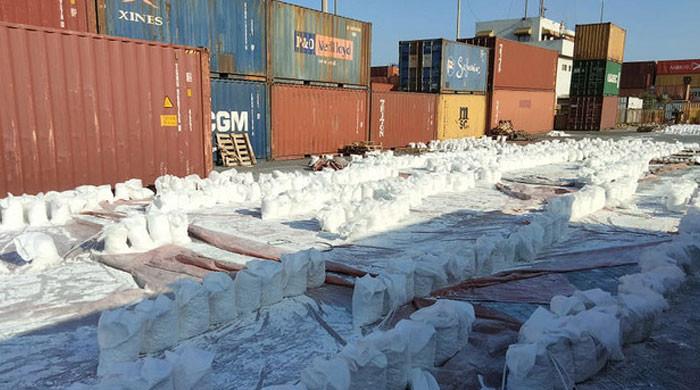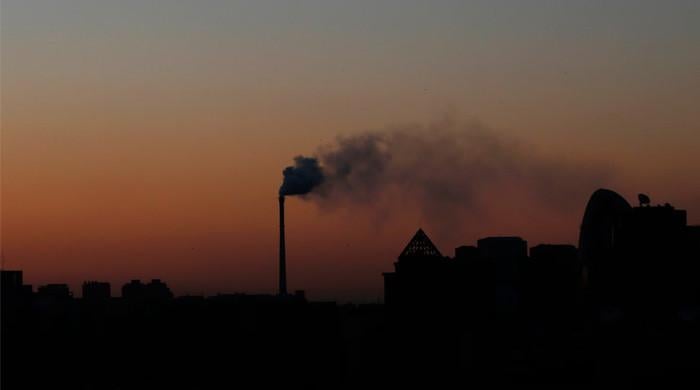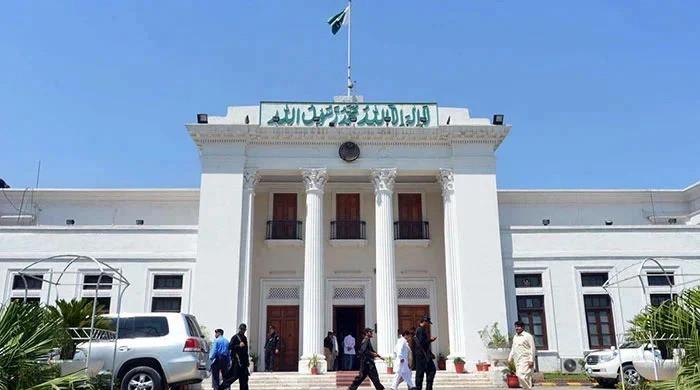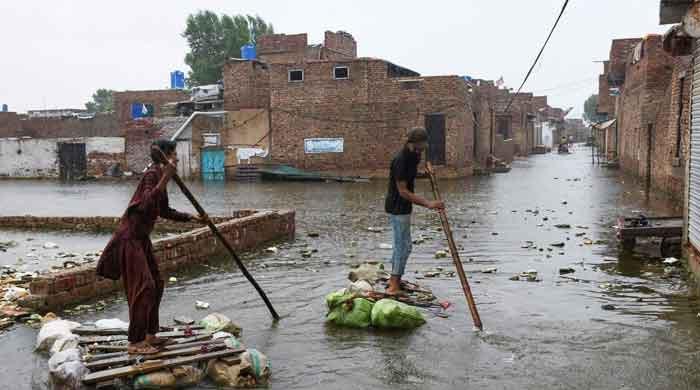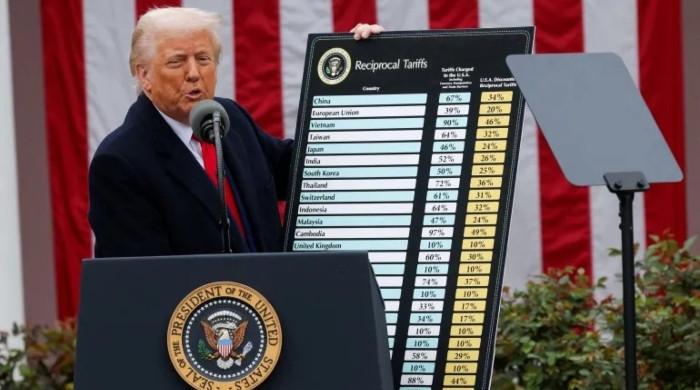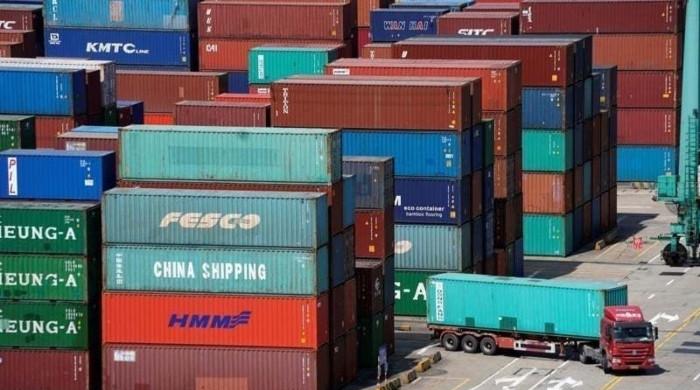Fixing energy to fix growth
It is time to have a plan for economic growth in place, and this cannot be done without enabling availability of affordable electricity
February 18, 2024
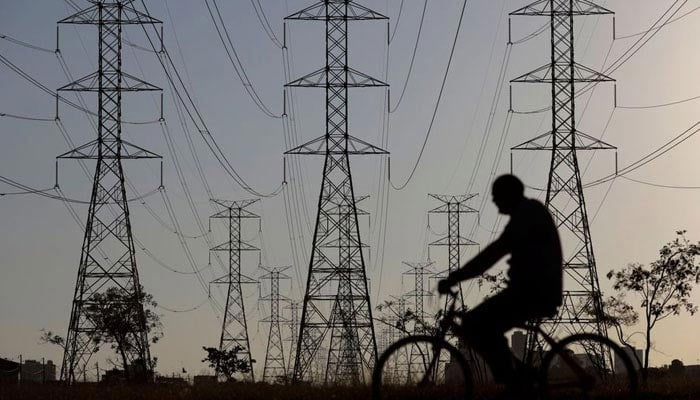
Pakistan is stuck in a low-growth trap. Consumption makes up almost 100% of GDP, largely financed by imports, while the investment-to-GDP ratio continues to hover around 12%, much lower than regional peers, and other economies at similar income levels. The population continues to grow at 2.5% annually, effectively increasing consumption requirements annually, while our ability to produce either stays flat or diminishes.
We continue to consume more, while not producing much. The inability to produce at competitive prices, to either consume locally or export, results in greater reliance on imports, which necessitates the availability of foreign currency. Effectively, economic growth remains beholden to the availability of foreign currency (mostly through debt) to drive consumption. In the absence of foreign currency to drive import-financed consumption, the economic growth rate remains sub-optimal, and barely even covers the population growth rate — which effectively means that on a per capita basis, incomes continue to decline. As the population continues to grow, and the labour force continues to expand, there will be a dire need to create job opportunities for it. In the absence of investment in industrial capacities to enhance production, it will be difficult to generate such jobs.
The most fundamental factor required to increase production competitively is affordable energy. The unavailability of affordable energy has led to a scenario where it is not economically feasible to produce in the country, and increase exports. Any investment to establish industrial units also relies heavily on affordable energy. Without affordable energy, the business case to invest in the country is dismal at best and is worsened by an uncertain and volatile political environment.
The first intervention that is required to unlock growth is making energy more affordable. Electricity consumption on a per capita basis has remained unchanged in the last five years, as higher prices have discouraged consumption by both households and producers alike, eventually leading to sub-par economic growth. If prices continue to increase as per the status quo, producers will continue to move off the grid, and so will consumers who can, eventually leading to even more expensive electricity. This self-destructive loop needs to be broken, and that can only be done by optimising electricity prices for economic growth, rather than for accounting identities as served through the prevailing cost-plus mechanism.
The cost of generation for Pakistan has been improving over the years and is fairly low through a mix of reliance on indigenous resources, such as coal, as well as hydel, and nuclear. The price of electricity is largely a function of fuel payments, capacity payments, transmission & distribution payments, and taxes and other charges mandated by the government. It is estimated that fuel charges make up around 18% of electricity price, while capacity payments make up another 20%, followed by transmission & distribution charges at 25%, and taxes and other payments at 36%. In this break-up, fuel charges and capacity price are influenced by PKR-USD parity — as PKR depreciates, these charges increase. As these charges increase, so do the tax payments, thereby exacerbating the cycle.
Government taxes and charges making up more than one-third of electricity price effectively make the electricity price a fiscal policy tool. On the one hand, the government wants to achieve growth, while on the other, it bridges its perpetual fiscal deficit through taxes on electricity consumption, thereby restricting growth.
Through such a structure, the government, whether by design or inadvertently, has created a structure where an expansionary fiscal policy for non-productive segments is financed by a contractionary fiscal policy for productive segments. Effectively, as government expenditures increase (through an expansionary fiscal policy), the same is partially funded by an increase in taxes on electricity prices, which results in a contraction in production (mimicking a contractionary fiscal policy). As an expansionary fiscal policy stimulates consumption, this inadvertently leads to PKR depreciation, which further increases electricity prices, and reduces consumption even further, thereby further reducing production. The government through its overarching influence has made electricity prices an economic policy tool, without realising the same.
This contradictory link needs to be broken. Taxes and other government charges embedded in electricity prices need to be reduced, while the fiscal deficit that emerges needs to be plugged through more rigorous tax policy (which actually engages in direct taxation, rather than lazy indirect taxation). Reducing electricity prices will eventually result in a pick-up in consumption of electricity, and eventually production, which can stimulate growth. As growth increases, so does the overall economic pie, and eventually taxes. However, restricting growth, just so more taxes can be collected will be akin to killing the hen that lays golden eggs — in this case, even the golden eggs have lost their aura, and then the hen is already dying.
This is the quickest fix that the government can do, by delinking fiscal policy from electricity prices. Another intervention that can further delink PKR depreciation from electricity tariffs, is swapping out the foreign currency debt of power producers, with local currency debt — such that any dollar-based indexation of electricity prices can be avoided. The objective here is to optimise electricity prices such that electricity consumption can increase, inadvertently increasing production. If the status quo continues, electricity prices will only increase further, making it more expensive, while further restraining production. It is time to have a plan for economic growth in place, and this cannot be done without enabling the availability of affordable electricity.
The writer is an independent macroeconomist.
Disclaimer: The viewpoints expressed in this piece are the writer's own and don't necessarily reflect Geo.tv's editorial policy.
Originally published in The News





